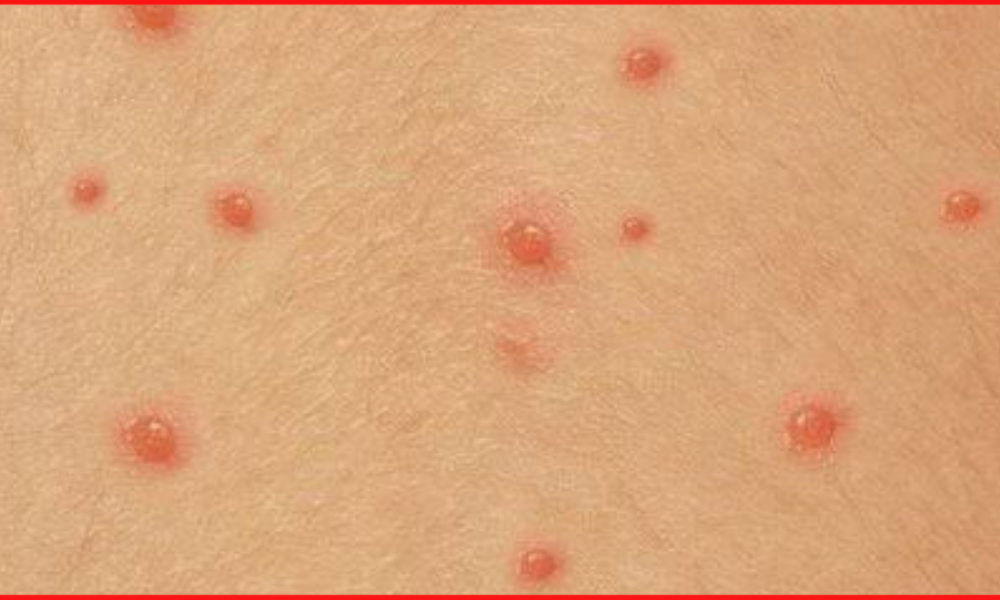
New Delhi: A novel variant of the chickenpox-causing varicella-zoster virus (VZV), known as “Clade 9,” has surfaced in India, according to findings by the National Institute of Virology (NIV). While Clade 1 and Clade 5 of this virus have been previously identified in India, Clade 9, more common in countries like Germany, the UK, and the US, is now present in the Indian subcontinent.
Understanding Clade 9
Clade 9 represents a variant of the varicella-zoster virus (VZV), responsible for chickenpox in children and shingles in adults, explains Dr. Vineeta Taneja, Director of Internal Medicine at Fortis Hospital, Shalimar Bagh.
Dr. Tushar Tayal, Consultant in Internal Medicine at CK Birla Hospital, Gurugram, notes that Clade 1 and Clade 5 were previously recognized variants causing infections in the Indian population. The presence of Clade 9 in India has now been established through a recent survey.
Symptoms of Clade 9
Symptoms associated with Clade 9 encompass rash, fever, loss of appetite, headache, fatigue, and a general sense of unwellness, adds Dr. Taneja. Chickenpox typically manifests with the appearance of a rash, occurring 2-3 weeks after exposure to the virus. This is preceded by fever, body aches, and headache. The rash emerges as papules, followed by fluid-filled blisters (vesicles), ultimately healing with scab formation. Fever usually subsides 1-2 days after rash onset. The entire process spans approximately 2 weeks, and individuals can transmit the infection to others 2 days prior to rash onset until scab formation is complete, according to Dr. Tayal.
Presently, there is no observed difference in the severity of Clade 9 infection compared to previous variants, reassures Dr. Tayal.
Prevention Measures
Dr. Vineeta Taneja underscores that vaccination is the most effective way to prevent chickenpox. Practicing good hygiene, including regular handwashing, is also essential.
In regions where the Varicella vaccine is routinely administered, it’s crucial for individuals and their children to stay up-to-date with their vaccinations. Dr. Taneja highlights that this practice is followed in various countries, including the United States and several European nations.
Practicing good hygiene through frequent handwashing with soap and water, especially after coughing, sneezing, or face touching, can reduce the risk of VZV transmission, adds Dr. Taneja.
Additional prevention measures include:
1. Isolation: Isolate individuals with chickenpox, especially those at high risk of severe complications, such as pregnant women, newborns, and individuals with weakened immune systems.
2. Cough and Sneeze Etiquette: Teach proper cough and sneeze etiquette to minimize the spread of respiratory droplets containing the virus. Cover your mouth and nose with a tissue or elbow during coughing or sneezing.
3. Avoid Sharing Personal Items: Refrain from sharing personal items like towels, clothing, and utensils with someone infected with chickenpox until they are no longer contagious.
4. Maintain a Healthy Lifestyle: A strong immune system can help prevent infections. Ensure you and your family members maintain a healthy lifestyle through a balanced diet, regular exercise, and adequate sleep.
5. Seek Medical Advice: If you or your child is exposed to chickenpox or develops symptoms, seek medical advice promptly. Healthcare professionals may provide specific recommendations, especially if you or your child are at higher risk of complications.
6. Post-Exposure Prophylaxis: In some cases, post-exposure prophylaxis with Varicella-Zoster Immune Globulin (VZIG) may be recommended for individuals at high risk of severe disease following chickenpox exposure. Consult a healthcare provider for guidance.
Treatment
Treatment of chickenpox is primarily symptomatic. Antiviral medications like acyclovir, valacyclovir, or famciclovir may be prescribed to manage VZV infections. These medications can reduce symptom severity, duration, and the risk of complications when initiated within 72 hours of rash onset.
Additional treatments include pain management with over-the-counter pain relievers (e.g., acetaminophen or nonsteroidal anti-inflammatory drugs), application of calamine lotion to alleviate itching, cool baths or damp compresses for itch relief, rest to support the body’s immune response, antibiotics if secondary bacterial infections arise, and topical antiviral creams or ointments for skin lesions.
Special precautions and management may be necessary for pregnant women who develop chickenpox or shingles due to potential risks to the fetus.
In conclusion, vaccination remains a potent weapon against chickenpox, and adopting proper hygiene practices can contribute significantly to prevention. Early medical consultation and adherence to prescribed treatments can help manage the illness effectively.




